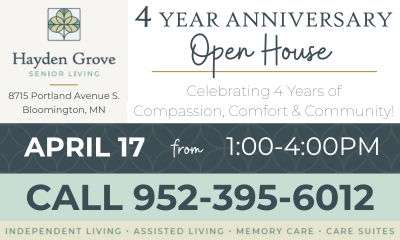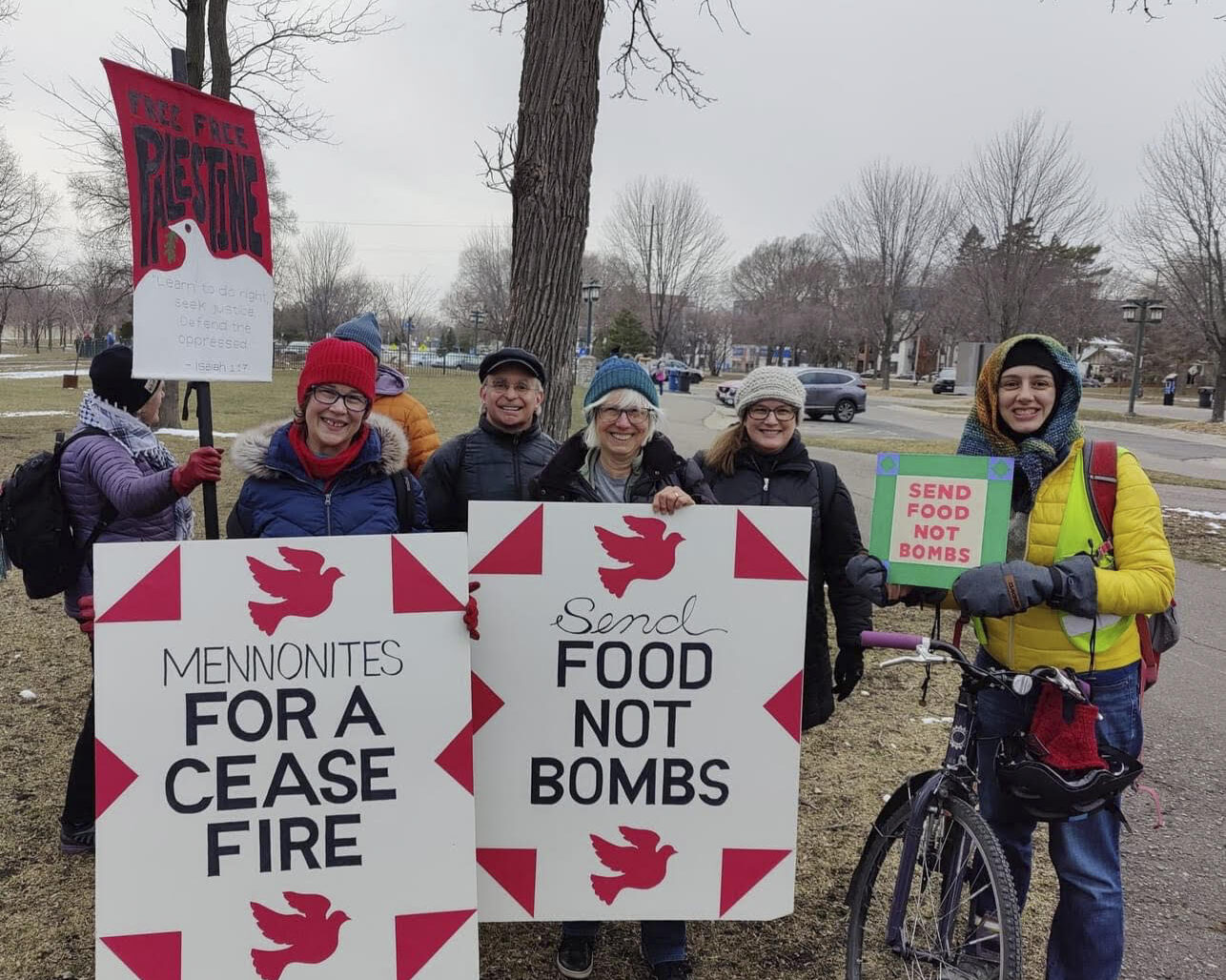As March rolls around people’s thoughts turn to taxes and they begin to question how they’re being used. If Americans improved their prison system they could reduce the prison population and reduce their taxes. The American incarceration rate is the highest in the world at over 714 per 100,000 citizens. The average rate of European countries is 94 per 100,000 citizens. Twenty to 30% of Scandinavian prisoners will, upon release, repeat their criminal activities and end up in jail whereas a whopping 40% to 70% of American prisoners will.
Racism and classism are exemplified in prison systems overall. In the United States, over 40% of prisoners are black men, who constitute only 6% of the U.S. population. Black people are 7.8 times more likely to be imprisoned than whites when convicted of the same crime. Most prisoners come from disadvantaged backgrounds; many have not completed high school, many can barely read and roughly one-third were unemployed before imprisonment.
As for capital punishment, four countries—China, Iran, Saudi Arabia and the United States—account for 94% of all executions worldwide. Eighty-seven countries have banned capital punishment. Costs connected with execution are great. In a series of articles analyzing Pennsylvania’s death penalty, the Reading Eagle newspaper found that taxpayers had spent over $350 million on the death penalty over a period in which the state carried out just three executions.
Life imprisonment is also expensive. In the U.S., one in every 2,000 residents is imprisoned for life. That’s about 150,000 inmates. This is similar to the total imprisonment in Japan, which is roughly 51 per 100,000 residents. Defending a death penalty case costs about four times as much as defending a case where the death penalty is not sought, according to a new study by the Kansas Judicial Council. Examining 34 potential death-penalty cases from 2004 to 2011 it found that defense costs for death penalty trials averaged $395,762 per case, compared to $98,963 per case when the death penalty was not sought. The Department of Corrections said housing prisoners on death row costs more than twice as much per year ($49,380) as for prisoners in the general population ($24,690).
A look at the prison systems of the Scandinavian states (Sweden, Norway, Finland, Iceland, Denmark) reveals that they stress rehabilitation over punitive measures. Generally there are two classes of prisons—a closed, restrictive one where prisoners are initially housed and a more open one with more freedom and programs aimed at reintegrating former prisoners into society. Nations with the highest incarceration rates maintained the highest crime rates. When Norway implemented the prison model used in Denmark, Finland and Sweden, the prison population dropped from 200 per 100,000 people in l950 to 65 per 100,000 people.
It’s obvious from the above that the prison system of the United States isn’t working. But it’s working very well for some who have financial interests in private prisons, both construction and maintenance.
A 2011 report by the American Civil Liberties Union (ACLU) points out that private prisons are more costly, more violent and less accountable than public prisons and are actually a major contributor to increased mass incarceration. You can also find other studies that agree with the ACLU.
May 2015 bring increased enlightenment to our legislators—county, state and national—with regard to prison systems and a reduction in taxes to fund them!!























